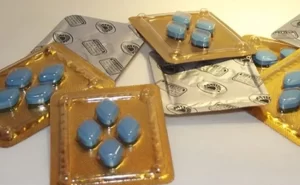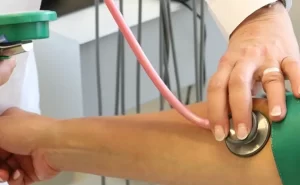Medical Options for Low Testosterone
Hormone replacement treatment requires the direction of a doctor specializing in the field and a prescription from a medical professional. This is because these drugs have a wide range of unwanted consequences but are nonetheless readily available legally in the US. For instance, they can amplify dangers like heart disease, violence, and snoring. In addition, some men and women who take hormone therapy may notice increased breast size. Furthermore, hormone therapy for women can lead to infertility.
Your doctor’s first order of business will be to rule out any other medical conditions that could affect your testosterone levels. Then, after asking about your history and lifestyle, he’ll do a physical examination and request blood work. Finally, consider raising your testosterone levels naturally if it is below the average range of 300 to 1,000 nanograms per deciliter.
Testosterone Replacement Therapy
Testosterone replacement therapy may help some people, but it’s crucial to remember that it’s unsafe for everyone and has documented adverse effects. In addition, this treatment can potentially exacerbate preexisting illnesses in specific individuals. Once a physician has diagnosed low testosterone, only then should treatment be considered. Consult your doctor for guidance and to learn about any potential dangers or side effects. If you insist on trying it alone, please consult a medical professional first.
You should see a physician specializing in male hormone deficiencies for a testosterone prescription. Based on your symptoms, the results of blood tests, and answers to a health history questionnaire, this doctor can write you a prescription specifically tailored to your needs. In addition, your primary care physician may recommend a specialist consultation if they believe your symptoms warrant it. For example, a male hormone replacement expert can help males with low testosterone, while an endocrinologist or gynecologist can help women with low estrogen or progesterone.
Injections, Gels, or Pellets
Medical attention for low testosterone levels may include medication prescribed by your doctor. Many of these drugs are injected into your body once a day or weekly to replenish the testosterone that has naturally been lost. It’s also possible to take them orally. Your doctor will decide if and when taking these meds is best for you. Then, your doctor can change your current medication or prescribe a new one.
Treatment with testosterone replacement therapy is the gold standard for low testosterone. Injections, gels, or pellets are all viable delivery mechanisms. Though typically administered to males over 50, this medication may also be given to younger men. This is because low testosterone levels are often associated with a condition called age-related hypogonadism. In addition, testosterone levels might naturally drop as a side effect of anabolic steroid use.
The testes produce the hormone testosterone, crucial to normal male development and health. During puberty, testosterone encourages the growth of masculine traits, including a louder voice and larger muscles in boys. Sperm production is aided by testosterone in men. Testosterone shortage will have various symptoms, but a blood test will assist in detecting the disease.
Hormone replacement treatment should only be used under the direction of a doctor specializing in the field and with a prescription from a medical professional.
These drugs have a wide range of unwanted consequences but are nonetheless readily available legally in the US. For instance, they can amplify dangers like heart disease, violence, and snoring. In addition, some men who take hormone therapy may notice an increase in breast size.













